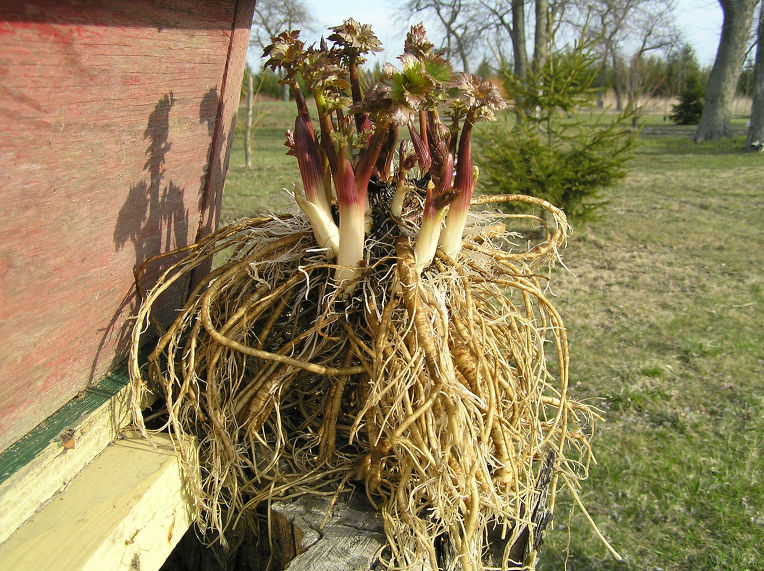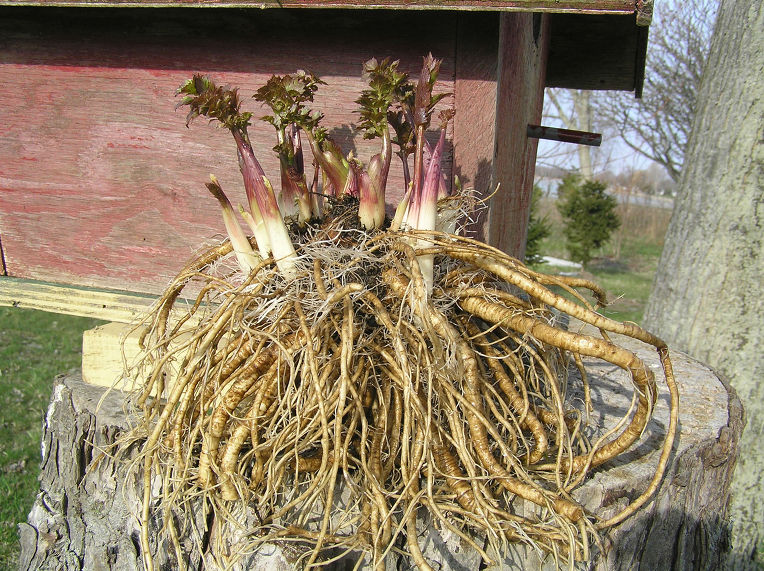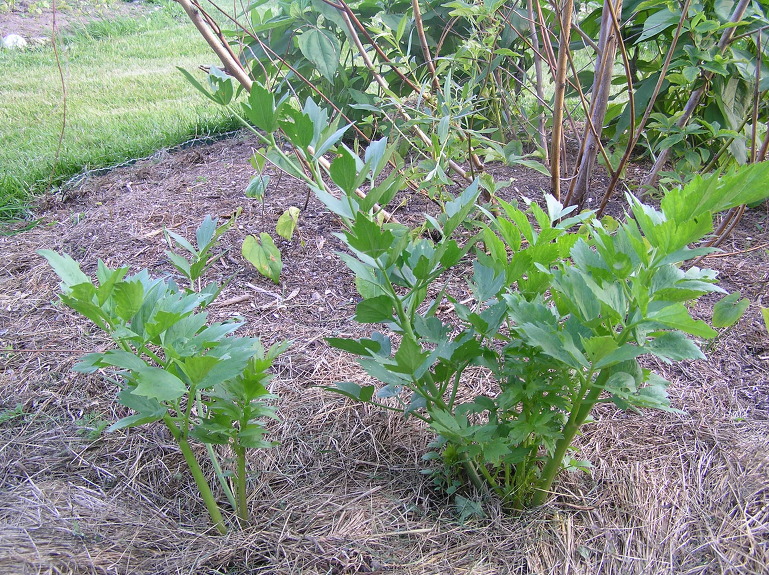|
|
Post by jbl4430 on Apr 18, 2013 10:43:13 GMT -5
   servive zone4 and perannual. looks italian parsely. root and leaves are same smell not bad. |
|
|
|
Post by ferdzy on Apr 18, 2013 11:56:08 GMT -5
|
|
|
|
Post by billw on Apr 18, 2013 13:31:49 GMT -5
Looks a heck of a lot like skirret, although I wouldn't expect any red in the leaves.
Of course, it may look like a lot of Apiaceae, only people don't often look at the roots. The leaves definitely look more like lovage.
|
|
|
|
Post by blueadzuki on Apr 18, 2013 16:32:38 GMT -5
|
|
|
|
Post by steev on Apr 18, 2013 20:38:20 GMT -5
Triffids?
|
|
|
|
Post by orflo on Apr 19, 2013 0:40:46 GMT -5
Lovage, levisticum officinalis, no doubt about it!!!!
|
|
|
|
Post by mnjrutherford on Apr 19, 2013 6:15:07 GMT -5
That is one beautiful plant! Does it taste good?
|
|
|
|
Post by jbl4430 on Apr 19, 2013 6:35:18 GMT -5
Lovage, levisticum officinalis, no doubt about it!!!! orflo, I think you are right. |
|
|
|
Post by jbl4430 on Apr 19, 2013 6:38:58 GMT -5
That is one beautiful plant! Does it taste good? Who knows the taste? Just parsely. |
|
|
|
Post by bunkie on Apr 19, 2013 10:44:02 GMT -5
If it's Lovage, it tastes like a strong celery. We grow it here and it overwinters well, except if the moles start munching on it.
|
|
|
|
Post by nicky on Apr 19, 2013 12:54:16 GMT -5
Yup - looks just like my lovage... Before the hens devour it!
|
|
|
|
Post by billw on Apr 19, 2013 16:11:09 GMT -5
Apparently, you can eat lovage root and, judging by the pictures, there would be a fair amount to eat.
Has anyone tried them?
|
|
|
|
Post by raymondo on Apr 19, 2013 16:31:13 GMT -5
It's a short lived perennial here. I use the leaves as a base for flavouring but haven't tried the roots. If they're as strongly flavoured as the leaves you wouldn't want too many. From that first picture, it looks like the blanched new shoots would make good eating too.
|
|